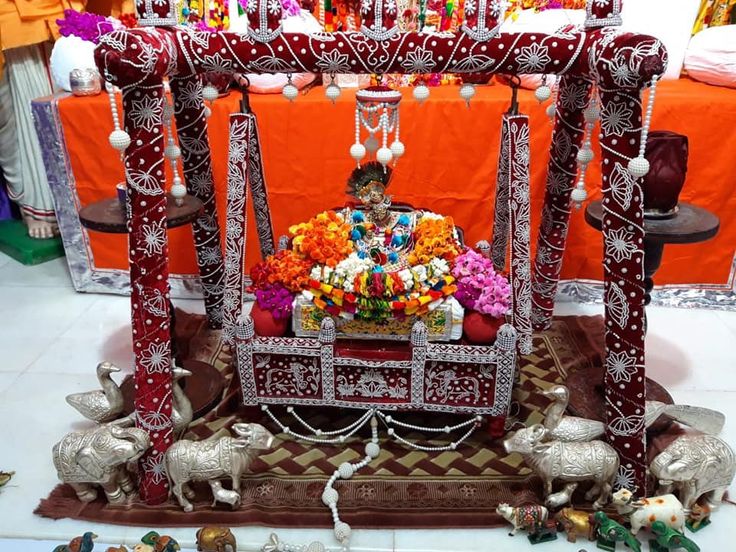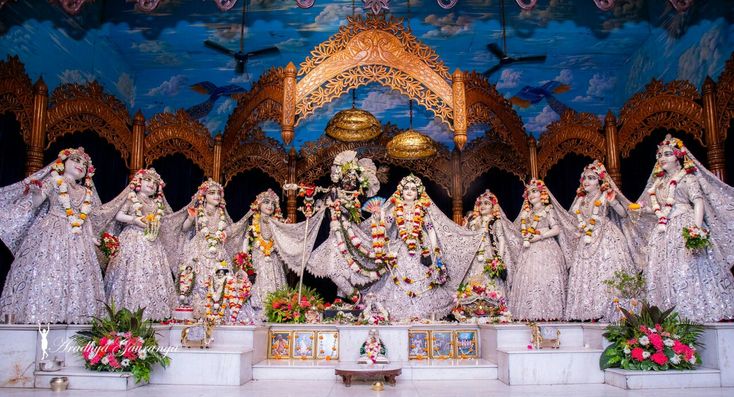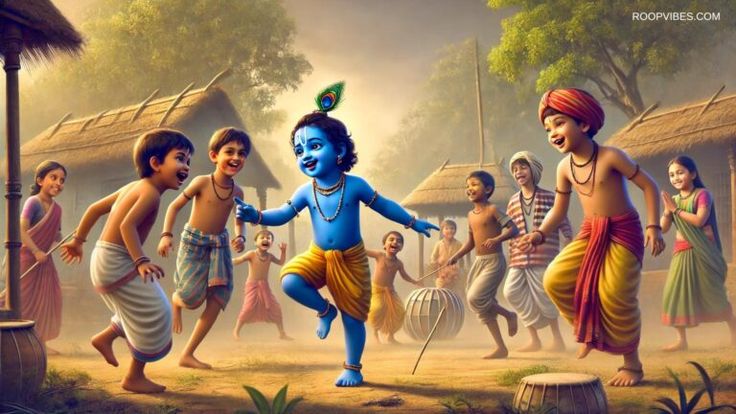Dahi Handi Festival is a competitive and entertaining event linked to Krishna Janmashtami. The Hindu festival commemorating the birth of Krishna. It is also known as Gopal Kala or Utlotsavam.
During the celebration, which is the day after Krishna Janmashtami in August or September. Communities hang a clay pot, usually filled with yogurt (dahi), butter, or another food made from milk. At a convenient or lofty height. Teams of young men and boys strive to reach or shatter the pot by forming a human pyramid. They are surrounded by others who sing, perform music, and encourage them as they go. It’s a long-standing custom and a public sight. In the recent past, the Dahi Handi Festival received an abundance of commercial sponsorships, media attention, and prize money.
The story of the god Krishna and his pals stealing butter and other items from nearby houses in Gokul. When they were kids is the basis for the celebration. Another name for him is Makhan Chor, meaning butter thief. The neighbors would attempt to stop him from getting into trouble by hanging the pots far over his head. But Krishna would always devise inventive methods to get to them. (Dahi Handi Festival)
Lord Krishna the Legend

The neighborhood houses’ ceilings hung pots that were meant to be broken in order to take butter and curd. The child deity Krishna and his companions would create human pyramids to do this. This took place in the village of Vrindavana, in the Indian state of Uttar Pradesh, where Krishna was raised. A tale states that even though there was a plentiful supply of milk products. The children were not fed during the reign of the evil king Kamsa because the monarch took possession of the created milk products. Krishna and his companions would pilfer and distribute dairy products. Krishna is also known as Maakhan chor in the Hindu religion.
Cultural Significance of Dahi Handi Festival
The players construct a pyramid with typically fewer than nine tiers. And They get three chances to smash the earthen pot. The Dahi Handi Festival competitions in Pune, Mumbai, and Thane. Attract thousands of visitors each year, along with hundreds of Govinda teams. As of 2011, the prize money for the tournaments varies from ₹1 lakh to ₹12 lakh. Contingent upon the sponsors and organizers.
Krishna Janmashtami, the festival celebrating the birth of Lord Krishna, holds significance for different cultural communities. many communities celebrate Krishna Janmashtami differently. It holds most importance in the areas of Uttar Pradesh and Gujarat. Here, lord Krishna is worshipped the most. In Maharashtra, for the Marathas, it is a vibrant and grand occasion marked by lively dahi handi events, where young men form human pyramids to break pots filled with curd, symbolizing the playful spirit of Lord Krishna. Maratha families also observe fasts, sing devotional songs, and participate in religious processions. In the night ‘Krishna Janma’ is celebrated. By doing puja of baby Krishna’s idol.
Celebration In Iskcon

Making ‘Jhula’ for him, serving ‘Bhoga’ which consists of satvik food and satvik sweets. In contrast, for the Jain community, Krishna Janmashtami is observed with a more introspective and serene approach. It focuses on Lord Krishna’s teachings, as well as his embodiment of virtues like compassion and dharma. Jains often fast, visit temples, and engage in prayers, emphasizing non-violence and self-discipline. While the essence of devotion to Krishna remains central. Each community’s celebration reflects its unique cultural and spiritual practices.
ISKCON is biggest worldwide recognised institution of Krishna worship. ISKCON celebrates Krishna Janmashtami by offering morning aarti and bhajan to Lord Krishna and Radha Rani. after that preparing for the evening feast and puja of lord Krishna. In the evening, all the Krishna bhakts (followers) and Prabhujis (Gurus) gather at the temple, feast is offered to everyone. And at midnight, Lord krishna is worshipped by pujas, offering milk bath, and ‘bhoga’.
Political parties’ engagement and commercialization cause the celebrations’ size and rewards to grow yearly. Political groups from the city and state, such as the Maharashtra Navnirmaan Sena (MNS). Shiv Sena, and Nationalist Congress Party (NCP), are participating in this event and presenting prizes of their own. Every party finances a separate group of mandals. In the 2000s, their involvement has grown, raising the competition and prize money. As a result, multiple teams battle it out for the prizes in a series of tournaments held across the city.
Participating in this event are singers and actors from Marathi film industry and Bollywood. While the Shiv Sena and MNS concentrate on Maharashtrian culture. Some mandals also include social messages about the environment or female foeticide in their performance. Castellers from Catalonia participate in the competition every year.
Conclusion
Dahi Handi Festival is a beloved and much-awaited event for individuals of all ages and backgrounds. Because it serves as a reminder of the timeless principles that Lord Krishna embodied. It serves as a chance to deepen our spiritual ties and a reminder of God’s presence in our lives. Families and communities gather during this time. To celebrate cultural traditions, ask for heavenly blessings, and purify their homes and hearts.
Share this blog if you loved it. Click here to read more about Maharashtrian traditions and click here to read about Maratha heritage.

